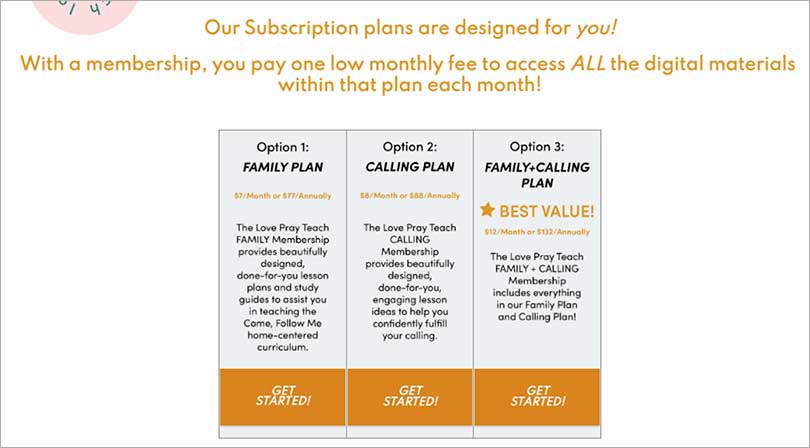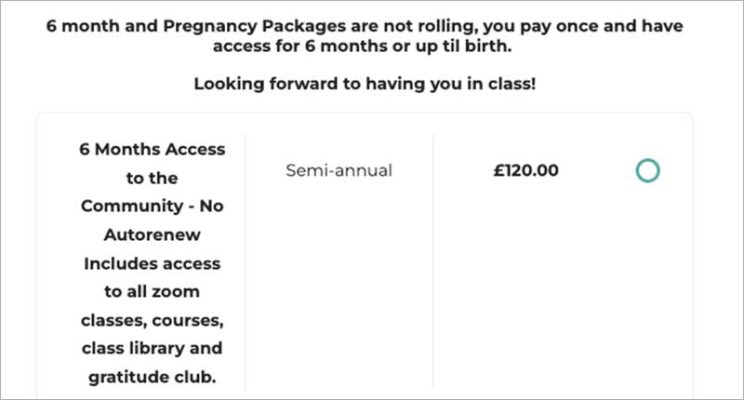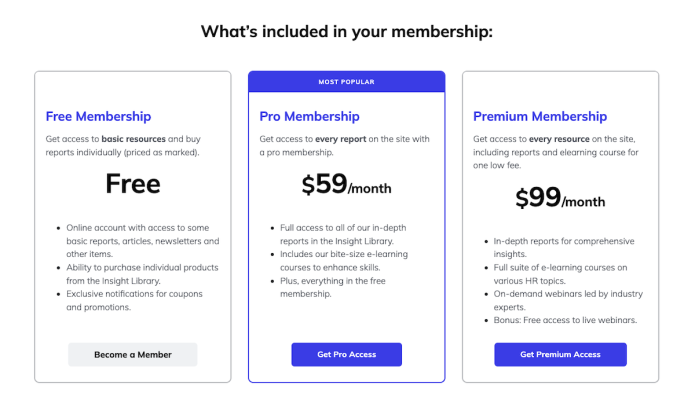
Subscription business models come in all kinds of flavors, from plain and simple monthly payments to more complex combinations with affiliate programs physical products like subscription boxes. If you’re an entrepreneur with expertise to share with others, you have a perfect opportunity to monetize your knowledge by launching a membership website using one of these (but not limited to) subscription model examples.
Before tackling the technical aspects of setting up a membership site, let's decide on what kind of subscription model you want to incorporate.
Do you have a bank of content ready to sell as an evergreen membership or course? Or do you want direct contact with your members as they progress through your material? You may also want your members to tune into your website on a regular basis to catch up on your latest updates. You may even have physical or downloadable support material you want to get into their hands In any case, deciding on how to deliver your material is the foundation to getting started on your membership website.
Here are some of the most popular choices for successful subscription models used by SubHub clients. Take a look through and see which one appeals to you. If you have other ideas, go ahead and share them in the comments!
1. Updated Content Subscription Model
In a consistently-updated content model, content is updated at regular intervals. This is an excellent model for a recurring subscription as members know they are going to be offered new content on a consistent basis, reinforcing the need for ongoing payment. If you are charging a recurring fee for content that is never updated, members may tire of making payments once they feel they have consumed all or most of the content. The key is to be consistent with your content, and ensure your members know exactly how to access it.
Loveprayteach.com offers Latter-day Saint teaching materials for parents and instructors. Content is updated regularly and offers week by week learning experiences in the form of teaching ideas, lessons and support material.
You can also have different models within the updated content model. Your membership could be tiered, meaning you charge more for a higher level or quality of content, live updates and coaching calls. Your more inexpensive memberships then offer only pre-recorded material. Love Pray Teach offers three tiered levels of membership, with the top tier encompassing resources from both of two more basic options.

2. Course or Library Learning Membership
This is a great option if you have a bank of learning materials that are essentially “timeless”. You can offer your content either as articles within a membership, or, if they should be consumed in a particular order, you can turn them into a course. The non-recurring subscription or one-time fee is a good option here, since the content is not constantly being updated. However, you can easily add a live, updatable component to a course or library by offering forum access, live calls, or a Q & A session via webinar to underline the value members are getting in return for their recurring payment.
Profitandbeauty.com offers a monthly membership consisting of a library of training classes plus live monthly Q & A sessions for members, as well as access to a private forum on the website.

3. Single Product Non-Recurring Membership Model
The single product model lets visitors download a file or have access to a protected piece of content on your website, for a one-time fee. This is most easily set up as a non-recurring subscription, or as a purchase from an e-commerce store. Selling digital downloads is a perfect solution for online magazine publishers like http://growingformarket.com and https://returningcitizensmag.com. Printed copies of the publications can also be sold individually as physical products to be shipped.
In a non-recurring subscription model, member can be given access to particular articles and categories on your website for a finite period of time, say 6 months. The content can be updated with new material for download such as updated PDF files, Word files or Excel spreadsheets.
In addition, SubHub’s Pay Per View option allows business owners to sell articles on their website. This is a great option for coaches wanting to sell coaching sessions in the e-commerce store. The purchaser pays a one-time fee to receive access to a protected article on the website. That page provides the details to set up the call, such as a calendar link, or a Zoom link to join at a specified time.
4. Bundled Product Free with Paid Membership Model
This approach combines two or more products or memberships into an attractive package. One popular bundle is a free course with paid membership. https://happyyogacommunity.com uses this approach to create various packages for potential members to choose from, based on their needs.

5. Combination Membership Model
Of course, you’re not limited to choosing one or the other of these models. You can offer a membership with a free trial and bundle it with access to one or more courses. You can provide membership content to course participants, sell courses individually, and many more combinations and permutations.
If you need help to configure just the right membership model for your business, book a call with our team and we’d be happy to discuss your goals with you:
To get started on your profitable membership website today, book a free SubHub trial: https://subhub.com/trial




